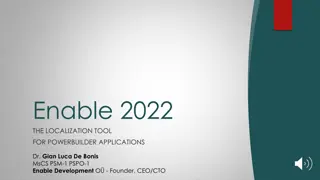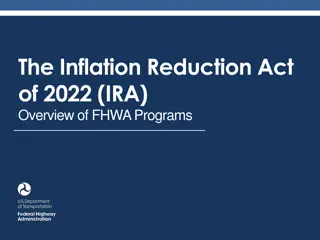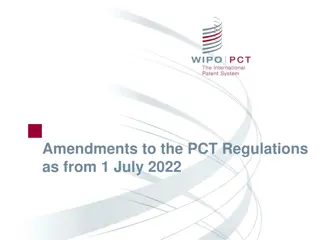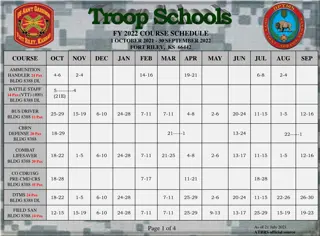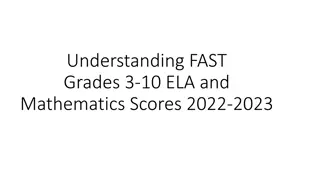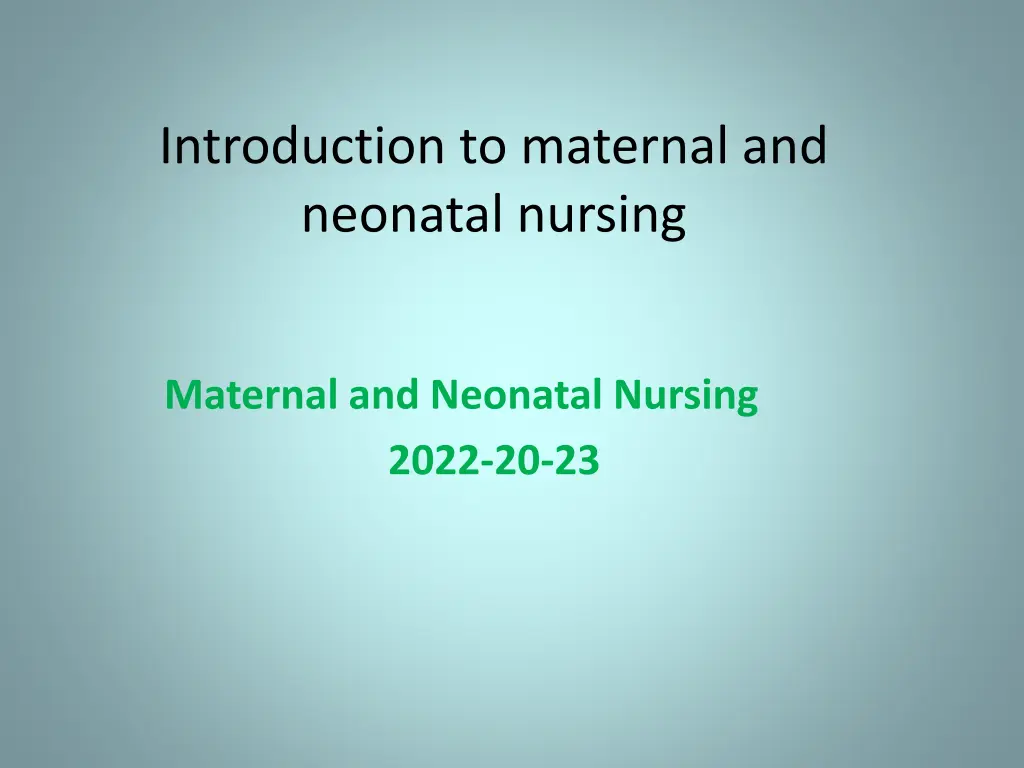
Maternal and Neonatal Health Nursing: Focus on Family Well-being
Maternal and neonatal health nursing focuses on promoting and maintaining optimal family health from preconception to adulthood. Nurses play a crucial role in providing evidence-based care, advocating for families, and supporting them through the challenges of childbearing and childrearing. The philosophy emphasizes community-centered care, evidence-based practice, and the importance of health promotion and disease prevention. The primary goal is to ensure cycles of optimal childbearing and childrearing for healthy families.
Download Presentation

Please find below an Image/Link to download the presentation.
The content on the website is provided AS IS for your information and personal use only. It may not be sold, licensed, or shared on other websites without obtaining consent from the author. If you encounter any issues during the download, it is possible that the publisher has removed the file from their server.
You are allowed to download the files provided on this website for personal or commercial use, subject to the condition that they are used lawfully. All files are the property of their respective owners.
The content on the website is provided AS IS for your information and personal use only. It may not be sold, licensed, or shared on other websites without obtaining consent from the author.
E N D
Presentation Transcript
Introduction to maternal and neonatal nursing Maternal and Neonatal Nursing 2022-20-23
Introduction to maternal and neonatal nursing The care of childbearing and childrearing families is a major focus of nursing practice, because to have healthy adults you must have healthy children. To have healthy children, it is important to promote the health of the childbearing woman and her family from the time before children are born until they reach adulthood. Both preconceptual and prenatal care are essential contributions to the health of a woman and fetus and to a family s emotional preparation for childbearing and childrearing. As children grow, families need continued health supervision and support. As children reach maturity and plan for their families, a new cycle begins and new support becomes necessary. The nurse s role in all these phases focuses on promoting healthy growth and development of the child and family in health and in illness. Although the field of nursing typically divides its concerns for families during childbearing and childrearing into two separate entities, maternity care and child health care, the full scope of nursing practice in this area is not two separate entities, but one: maternal and child health nursing
Introduction to maternal and neonatal nursing Maternal and child health nursing focuses on providing evidence-based, casemanaged care to the client within the context of the family. This care involvesthe implementation of an inter disciplinary plan in a collaborative manner to ensure continuity of care that is cost-effective, quality-oriented, and outcomefocused. In planning for discharge and providing care in the community, maternal and neonate nurses also collaborate with other sectors such as education, social work, and justice.
Philosophy of Maternal and Child Health Nursing Maternal and child health nursing is community centered; the health of families depends on and influences the health of communities. Maternal and child health nursing is evidence based, because this is the means whereby critical knowledge increases. A maternal and child health nurse serves as an advocate to protect the rights of all family members, including the fetus. Maternal and child health nursing includes a high degree of independent nursing functions, because teaching and counseling are major interventions. Promoting health and disease prevention are important nursing roles because these protect the health of the next generation. Maternal and child health nurses serve as important resources for families during childbearing and childrearing as these can be extremely stressful timesin a life cycle. Personal, cultural, and religious attitudes and beliefs influence the meaning and impact of childbearing and childrearing on families. Circumstances such as illness or pregnancy are meaningful only in the context of a total life. Maternal and child health nursing is a challenging role for nurses and a major factor in keeping families well and optimally functioning.
Goals of Maternal and Neonatal Health Nursing The primary goal of maternal and child health nursing care can be stated simply as the promotion and maintenance of optimal family health to ensure cycles of optimal childbearing and childrearing.
Goals and philosophies of maternal and child health nursing The goals of maternal and child health nursing care are necessarily broad because the scope of practice is so broad. The range of practice includes Preconceptual health care Care of women during three trimesters of pregnancy and the puerperium (the 6 weeks after childbirth, sometimes termed the fourth trimester of pregnancy) Care of children during the perinatal period (6 weeks before conception to 6 weeks after birth) Care of children from birth through adolescence Care in settings as varied as the birthing room, the pediatric intensive care unit, and the home In all settings and types of care, keeping the family at the center of care delivery is an essential goal. Maternal and
What is Family? In simple words, a family is a domestic group in which parents and children live together, and in its elementary form consists of a couple and their children. Types of Family in Sociology Afamily is a group of people related or connected by bloodline and marriage rite or adoption. They share common residencies. They live together. They share sentiments of oneness. They view themselves as a unit. They share values and responsibilities. Perform caretaking services for others especially the very young.
Types of Family in Sociology Sociologists and anthropologists have identified various forms and kinds of families : These are the types of family in sociology: Nuclear Family Extended Family Blended Families Compound Family Patriarchal Family Matriarchal Family Egalitarian Family
Nuclear Family The nuclear family refers to a couple along with any dependent, unmarried children who share a residence and form a social unit. In simple words, it is made up of a husband, wife and dependent children living together in a single dwelling The nuclear family is the smallest unit of society and it is also called the elementary family. The typical household units in many modern societies are the nuclear family. Sociologists and anthropologists have distinguished the nuclear family into two broad categories i.e. the family of orientation or natal family the family in which one is born and grows up, and the family of procreation or conjugal family the family formed when one marries and has children.
Extended Family Units larger than the nuclear family are usually known as the extended families; they are extended nuclear units. An extended family is when three or more generations connected by blood or marriage relationships form a social unit and live together. The extension of nuclear units can either be vertical or horizontal. It is vertical if, for example, the addition is from members of a third- generation such as the spouses parents and horizontal if for instance, the addition of members of the same generation as the spouses, such as the husband s brother or an additional wife etc. Hence an extended family is a constituent of several related persons by descent, marriage or adoption such as a husband and a wife and their children and at least one of their sets of parents, aunts, uncles, nieces and nephews all living together in a single dwelling or in close proximity.
Blended Families This is a family made up of a couple and children either or both raised in an earlier marriage, and children they raised together (if any). Most people who divorce eventually get remarried. A good number of such persons often times divorce leaving behind children. Remarriage frequently results in stepfamilies, also called reconstituted , reorganizing or blended families. Because a good number of those who remarry are parents, their new partners become stepparents. This form of the nuclear family has become very common in modern times.
Compound Family This form of family organization can be seen as an overlapping set of nuclear families, each with the same man as the family head. It consists of a man (head of households); his wives and concubines who live in different homesteads with their children. In this case, the wives become head of their own respective household while the man rules and runs all households. This kind of family is mostly popular amongst traditional West African societies.
Types of Family According to Authority and Power Structure Authority and decision-making in the family vary from society to society and as earlier mentioned authority structure is one of the parameters to categorize families. Patriarchal Family:: In this kind of family structure, decision-making authority and power lies in the hands of the man whether be it a nuclear family, single-family or extended family. Male- headed households are obtainable in most societies; and in absence of the man, the eldest son becomes the leader of the household. Matriarchal Family: This is a female-headed family. The matriarchal family is sometimes called the matrifocal family .Here authority is vested on the woman, resulting especially where the man or husband of a woman has died, or when the men desert their wives. Female-headed households are very common in the West Indies Egalitarian Family: Egalitarian family describes an arrangement in the family where power and decision-making authority are equally distributed between the husband and wife. Due to Western education, skills paid employment for women, women emancipation programmes in recent times, women now share equal authority with men in the family as they jointly contribute to the family welfare etc.
Functions of Family The family as stated earlier is the smallest and most basic social unit of society and in whatever form it expresses itself, it is found in every society. This implies that the family as the basic social institution is playing a vital role central to the survival of any society and some of these functions of family are considered here: Nurture Regulation of Sexual Relationships Procreation Social Placement Material and Emotional Security Affection and Companionship Protection Socialization Legitimizing Inheritance
Functions of the Family Nurture Nurture: Every child is born into a family and every child is expected to be fed, clothed, educated and cared for. This responsibility lies in the hands of the family; hence the family ensures providing for the welfare needs of the children thereby ensuring the survival of the next generation of society. Regulation of Sexual Relationships Regulation of Sexual Relationships: One of the paramount biological needs of men in all society is sexual relationships. Such relationship is often protected with rules and regulations in all societies and it is the family that helps and enforce such rules. This is done to prevent incestuous relationships for example the need for one not to have a sexual relationship with a close relative or kin etc. The family also screens and approves sexual partners and spouses for members.
the material and psychological needs of its members are satisfied by providing necessary economic, social and psychological support. Affection and Companionship Affection and Companionship: The family is expected to provide affection and companionship for its members. Children are given warm affection within the family to develop a positive self-image, and adults in the family need intimate companionship to cope with life. This breeds a sense of belonging. Protection Protection: The family in almost all societies of the world offers some degree of physical, social, economic and psychological protection to its members. Nevertheless, the government through its apparatus like the police, social welfare department now shares this function with the family Procreation: The family through the regulation of sexual relationship function fulfils the biological need of reproduction and perpetuation of both the immediate family and the society as a whole Material and Emotional Security: It is the function of the family to ensure that
individual. An individual acquires his identity and place in society through his family. The family ascribes many statuses to its members such as; race, ethnic affiliation, nationality, religion, royalty etc. Material and Emotional Security. Socialization Socialization: Every society has its norms, values, customs and approved behavioural codes of conduct which is passed on from generation to generation. The family performs the function of socialization, teaching the young ones the values and norms of society. Indeed the earliest and continuous form of education and socialization takes place within the family. Legitimizing Inheritance Legitimizing Inheritance: The family often confers inheritance rights on the members. It does this by identifying relationships through kinship. In most Nigerian communities, except one is able to trace a relationship to a family, he or she could be denied land rights. Social Placement Social placement: As earlier mentioned, the family is the basic unit of identity for every
How many types of family are three? There are 7 types of families 1. 1.Nuclear Family 2. Extended Family 3.Blended Families 4.Compound Family 5.Patriarchal Family 6.Matriarchal Family 7.Egalitarian Family.
Characteristics of Healthy Family: 1-A facilitative process of interaction exists among family members. 2- Individual member development is enhanced. 3-Role relationships are structured effectively. 4-Active attempts are made to cope with problems. 5- There is a healthy home environment and lifestyle. 6-Regular links with the broader community are established. 1- Healthy interactions among members: 1- Healthy families communicate. 2- Interactions are frequent and assume many forms. 3- Healthy family use frequent verbal communication. 4- Effective communication is necessary for a family to carry out basicfunction.
2- Enhancement of individual development : 1. Healthy families are responsive to the needs of individual members and provide the freedom and support necessary to promote each member s growth. 2. Pattern for promoting individual member vary from one family to another. 3- Effective Structuring of relationship: Healthy family structure role relationships to meet changing family needs over time. Changing life cycle stages require alterations in the structure of relation. 1. 2. 4- Active coping effort: 1- Healthy family actively attempt to overcome life s problems and issues. 2- Coping skills are needed to deal with emotional tragedies. 3- Healthy families cope with less dramatic, day-to-daychanges.
5- Healthy environment and lifestyle : 1-Healthy family creates safe and hygienic living conditions for their members. 2-A healthy family lifestyle encourages appropriate balance in the lives of its members. 3-The emotional climate of a healthy family is positive and supportive of growth. 6-Regular links with the broader community : 1-Healthy families maintain dynamic ties with the community 2-An unhealthy family has not recognize the values of establishing links because of : A-Knowledge Deficit. B-Previous negative experience. C-A lack of connection because of family expectation or cultural practice. 7-Family Health Practice guidelines Family Nursing: is a kind of nursing practice in which the family is the unit of services. Not merely family oriented. Holistic approach.
Five principle guide and enhance family nursing practice : 1- Work with the family collectively Set aside usual focus on individual View the family as one unit Community health nurses want to involve all of the family during nurse-client interaction. Encourage everyone s participation. 2- Start where the family is: Begin at the present level of functioning. Conduct a family assessment to ascertain the members' needs and level of health. Determine collective interests, concerns and proprieties.
3- Adapt nursing intervention to the familys stage of development : Awareness of family s developmental stage enables the nurse to assess the appropriateness of the family s level of functioning and to tailor intervention accordingly. 4-Recognize the validity of family structural variations: Two important principles to remember: What is normal for one family is not necessarily normal for another. Families are constantly changing. 5-Emphasize family strengths Too often, nurse focus on family weaknesses (Negative emphasis) this is not truly therapeutic. Families need their strength reinforced. Emphasizing a family strength makes people feel better about them. The nurse lists positive points about an otherwise negative situation.
Common Measures to Ensure Family-Centered Maternal and Child Health Care Principle The family is the basic unit of society. Families represent racial, ethnic, cultural, and socioeconomic diversity. Children grow both individually and as part of a family. Nursing Interventions Consider the family as a whole as well as its individual members. Encourage families to reach out to their community so that family members are not isolated from their community or from each other. Encourage family bonding through rooming-in in both maternal and child health hospital settings. Participate in early hospital discharge programs to reunite families as soon as possible. Encourage family and sibling visits in the hospital to promote family contacts. Assess families for strengths as well as specific needs or challenges. Respect diversity in families as a unique quality of that family. Encourage families to give care to a newborn or ill child. Include developmental stimulation in nursing care. Share or initiate information on health planning with family members so that care is family orient https://www.youtube.com/watch?v=QJBEmHH-YG0



